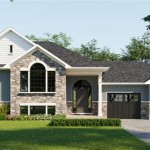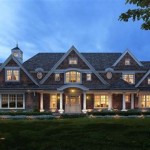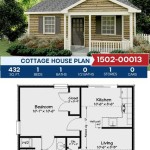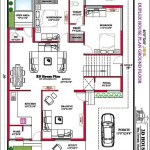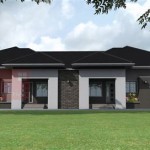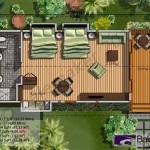Essential Aspects of Tiny House Living Plans
Embarking on the journey of tiny house living necessitates careful planning and consideration of fundamental aspects. From selecting an appropriate floor plan to incorporating eco-friendly features, every detail plays a crucial role in creating a comfortable and functional living space within a limited footprint.
Floor Plan and Layout
The floor plan of a tiny house is paramount, as it dictates the overall functionality and livability of the space. Consider the following factors:
- Define the Essential Zones: Dedicate specific areas for sleeping, cooking, dining, and storage.
- Maximize Natural Light: Plan for ample windows and skylights to create a sense of spaciousness.
- Utilize Vertical Space: Incorporate lofts, storage cubbies, and multi-purpose furniture to make the most of every square foot.
Eco-Friendly Features
Tiny houses offer a unique opportunity to embrace sustainable living practices. Consider these eco-friendly aspects:
- Energy Efficiency: Install energy-saving appliances, insulate thoroughly, and utilize passive solar design.
- Water Conservation: Implement low-flow fixtures, rainwater harvesting systems, and composting toilets.
- Responsible Materials: Opt for sustainable building materials such as reclaimed wood, bamboo, and recycled steel.
Site Selection and Preparation
The location and preparation of the site play a vital role in the success of a tiny house project:
- Zoning Regulations: Ensure that tiny houses are permitted in the chosen location.
- Access to Utilities: Consider access to water, electricity, and sewer or septic systems.
- Site Grading and Drainage: Prepare the site to prevent water damage and ensure proper drainage.
Construction Materials and Techniques
The construction materials and techniques employed should prioritize durability, efficiency, and aesthetics:
- Structural Integrity: Utilize sturdy building materials and sound construction practices to ensure the longevity of the structure.
- Efficient Insulation: Minimize heat loss or gain by incorporating high-quality insulation throughout the tiny house.
- Aesthetic Appeal: Choose materials and finishes that complement the surrounding environment and reflect personal style.
Building Codes and Permits
Adhering to building codes and obtaining necessary permits is essential for ensuring the safety and legality of the tiny house:
- Building Code Compliance: Design the tiny house to meet applicable building codes and safety standards.
- Permit Acquisition: Secure permits from local authorities for construction, electrical, and plumbing work.
- Inspections: Arrange for inspections by qualified professionals to verify compliance with regulations.
Budget and Timeline
Establishing a realistic budget and timeline is crucial for the success of the tiny house project:
- Budget Allocation: Determine the total cost of materials, construction, and site preparation.
- Timeline Estimation: Establish a reasonable timeframe for the project, considering labor availability and material lead times.
- Contingency Fund: Plan for unexpected expenses and potential delays.

Inspiring Tiny House Floor Plans

Affordable Tiny House 18 X 28 Adu In Law Cabin Guest Small Home Plans And Blueprints

Small House Design Tiny Floor Plans Trailer Shed To

Tiny House Plans That Are Big On Style Houseplans Blog Com

Floor Plan For Tiny House

Tiny House Plan Examples

Plan No 826420 House Plans By Westhomeplanners Com Small Floor Tiny

Tiny House Plans Small Floor

Tiny House Plans That Are Big On Style Houseplans Blog Com

Tiny House Plan Examples

